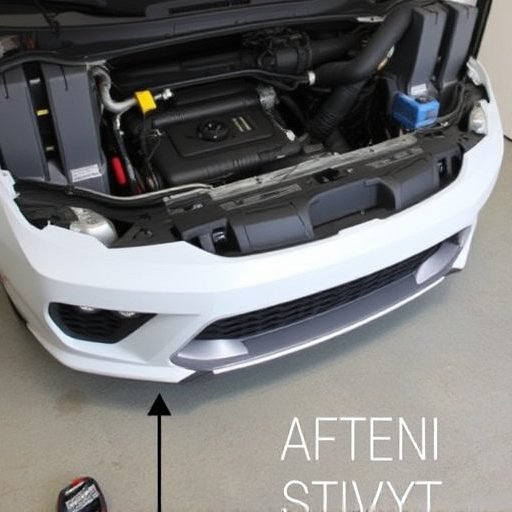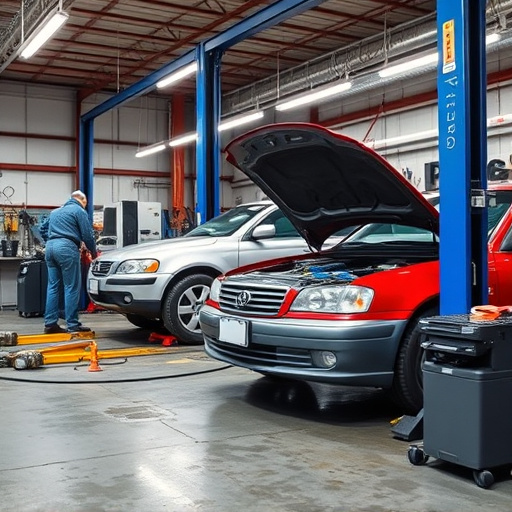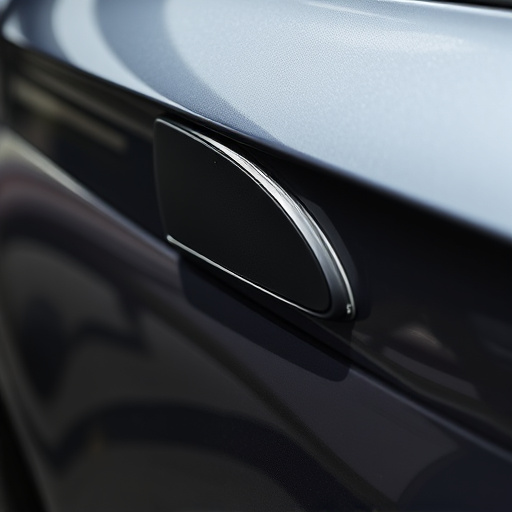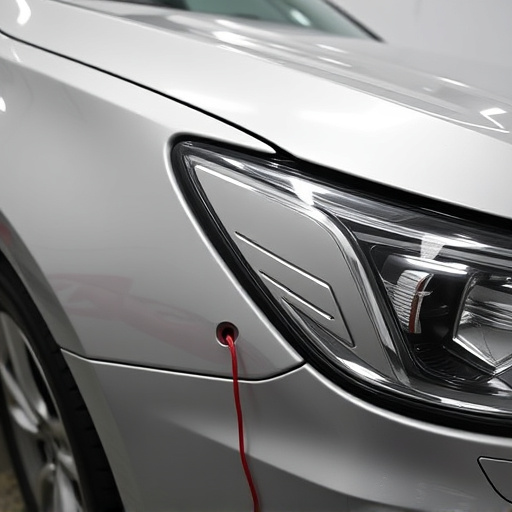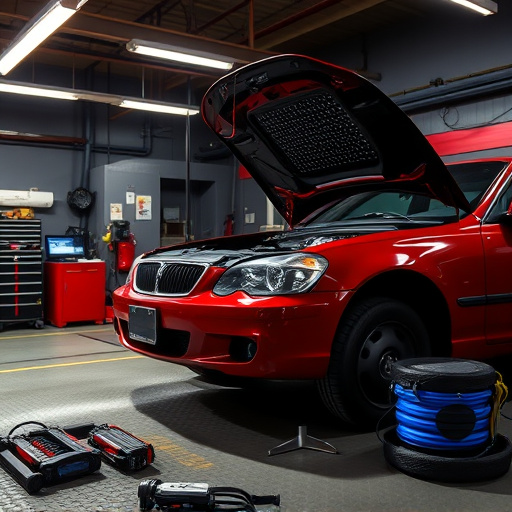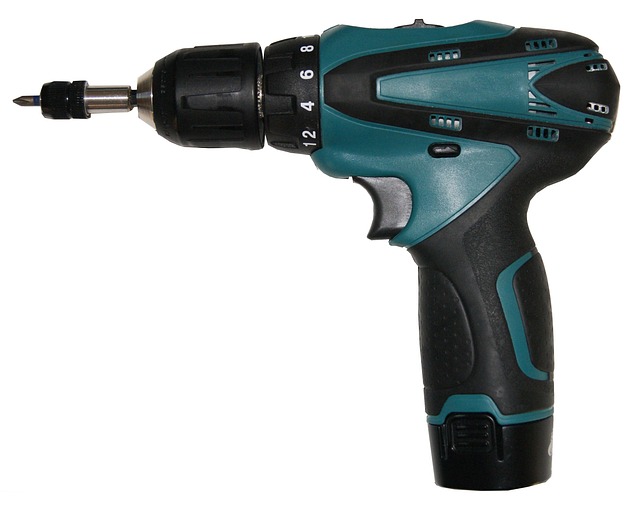Electronic measuring systems revolutionize automotive repair by offering precise multi-angle measurements, minimizing human error, and enhancing efficiency in scratch and collision repairs, ultimately improving vehicle bodywork quality and communication.
Discover the transformative power of Electronic Measuring Systems (EMS) in understanding and executing multi-angle structural pulls. This article delves into the intricate world of these advanced tools, exploring their role in enhancing construction precision. We’ll dissect the benefits of EMS, from improved accuracy to streamlined project management. Learn how their implementation revolutionizes multi-angle pulls, ensuring structural integrity and efficiency across various building projects.
- Understanding Multi-Angle Structural Pulls
- Advantages of Electronic Measuring Systems
- Implementation and Precision in Practice
Understanding Multi-Angle Structural Pulls

Multi-angle structural pulls refer to complex situations where vehicles experience simultaneous forces from different directions, often as a result of accidents or impact during automotive repair or vehicle collision repair. This can cause significant structural damage that requires precise evaluation and correction for safe operation. Understanding these pulls is crucial for technicians in the automotive repair industry, as they involve intricate geometry and material properties.
Electronic measuring systems play a vital role here by providing accurate measurements and data to help assess the severity of damage. These systems allow for detailed analysis of deformations, stresses, and strains at various angles, enabling technicians to make informed decisions during scratch repair or vehicle collision repair processes. With their advanced capabilities, electronic measuring systems ensure that repairs are not only efficient but also effective in restoring the structural integrity of vehicles.
Advantages of Electronic Measuring Systems
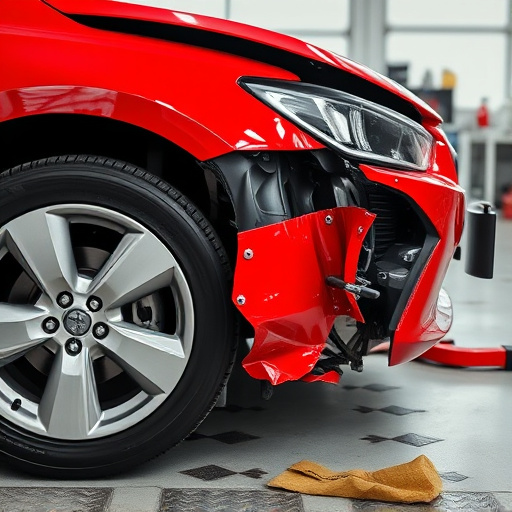
Electronic measuring systems offer a multitude of advantages in the realm of multi-angle structural pulls, especially for tasks involving car damage repair and auto glass replacement. These advanced tools are designed to enhance precision and efficiency, ensuring that every pull is executed with exacting accuracy. By providing real-time data and precise measurements, they enable technicians to make informed decisions during car bodywork services, leading to superior outcomes.
Compared to traditional methods, electronic measuring systems streamline the process, reducing the risk of human error and minimizing the potential for damage. Their capability to capture intricate details and patterns ensures that every angle is accounted for, resulting in more effective repairs. This level of precision not only accelerates turnaround times but also contributes to the overall quality of auto glass replacement and car bodywork services.
Implementation and Precision in Practice
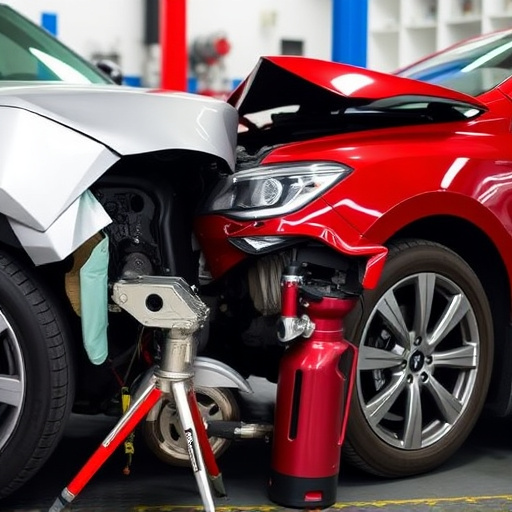
The implementation of an electronic measuring system in multi-angle structural pulls has revolutionized vehicle body repair, offering unprecedented precision and efficiency. These advanced tools are designed to accurately measure and record deformations, cracks, and other defects across various angles, providing a detailed digital tapestry of the car’s condition. This data is invaluable for both diagnostic purposes and precise repairs, ensuring that even the subtlest imperfections are addressed during scratch repair or car body repair processes.
In practice, electronic measuring systems enhance the accuracy and consistency of measurements, reducing human error that can occur with traditional manual assessments. By automating this critical step in vehicle body repair, workshops can achieve a higher level of quality control. Moreover, the precise data collected facilitates effective communication between repair technicians, insurance companies, and clients, ensuring everyone is on the same page regarding the extent of damage and the proposed solutions.
The integration of electronic measuring systems has revolutionized multi-angle structural pulls, offering unprecedented precision and efficiency. By understanding the unique demands of these pulls and leveraging the advantages of electronic technology, professionals can achieve highly accurate measurements with improved speed. This modern approach ensures consistent quality control in various industries, marking a significant advancement over traditional methods.

